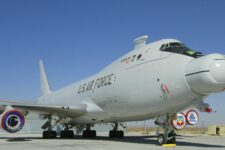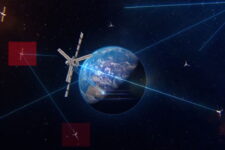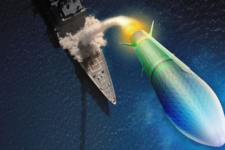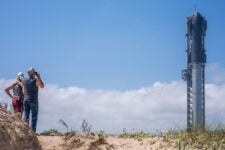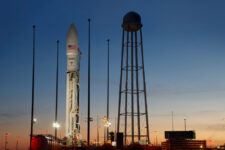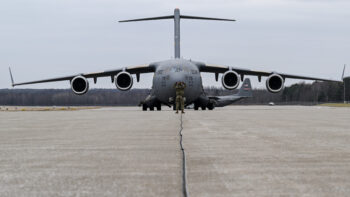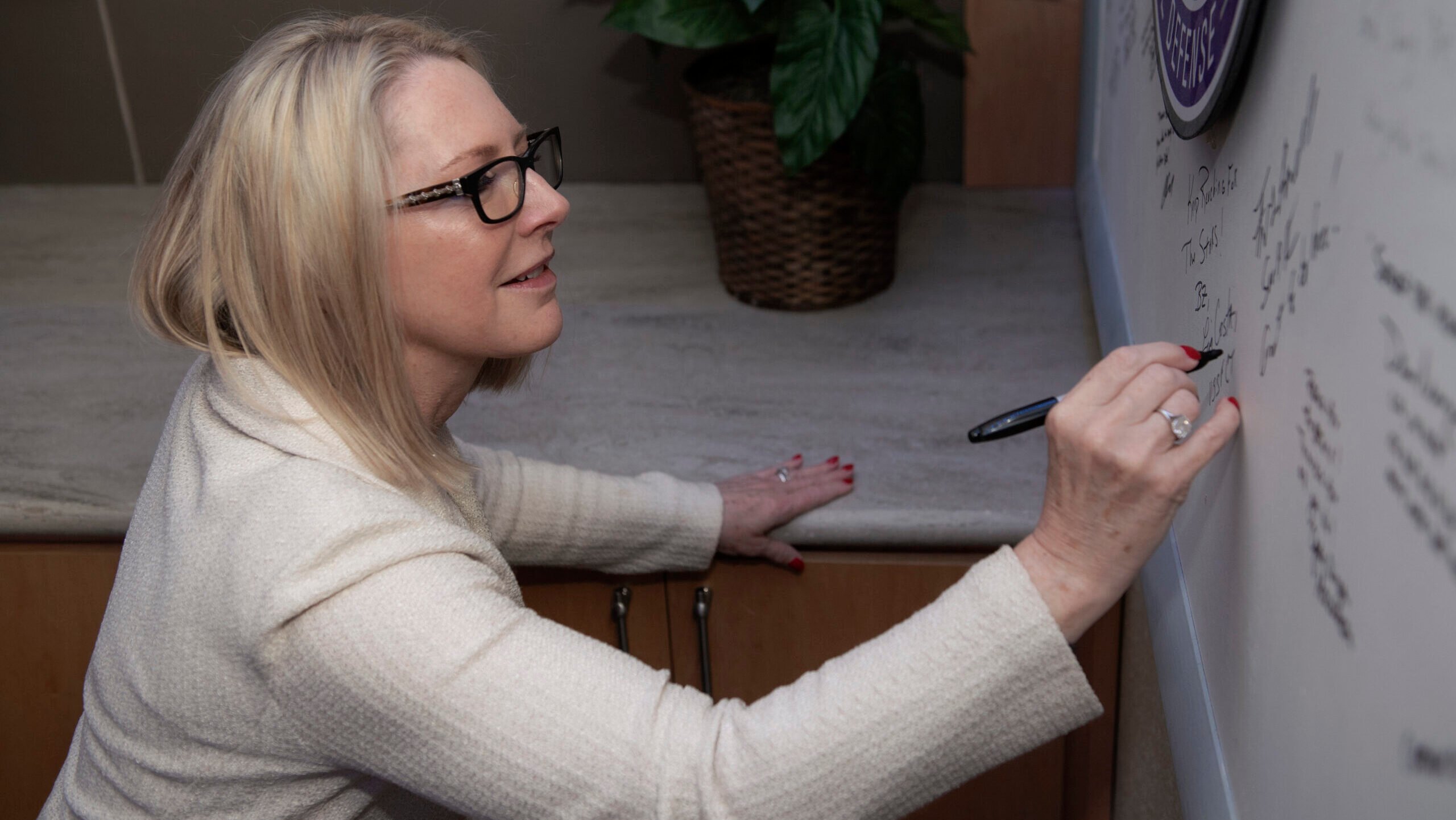
Lisa Costa, Space Force Chief Technology and Innovation Officer. (Space Force photo by Tiana Williams)
WASHINGTON — The Space Force plans a new contract to modernize its cloud-based “library” for data on the on-orbit whereabouts of satellites and dangerous space junk in fiscal 2024, according to the service’s information technology chief.
Lisa Costa, Space Force Chief Technology and Innovation Officer, told the Mitchell Institute today that the focus is on streamlining how the Unified Data Library (UDL) — originally envisioned to collect, integrate and disseminate space situational awareness data from both military and commercial space-watching sensors — processes both data input and data output to users.
In other words, moving it from a card catalog system to a machine-to-machine search engine using artificial intelligence and machine learning tools.
“We have created, I believe it’s 176, new requirements for ‘Enhanced UDL.‘ So, we want to use AI to cleanse data. We want to have Guardians be able to put data directly in to the Unified Data Library without having to go through a contractor, as an example. We want to reduce the backlog that gets created in systems that require a lot of human intervention,” she explained. “And so those requirements are very focused on how you bring in data — both data at rest and data in motion — process that data, and then determine what information is required by an individual organization.”
The latter issue is key, Costa added, because it is essential to be able to narrow down what has to go through communications pipelines to warfighters on the “tactical edge” that have limited bandwidth.
“If we have to send all of the data on a tactical comms pipe, that’s not going to work,” she stressed.
Costa noted that the UDL began as a “pilot project” developed by the Air Force Research Laboratory (AFRL), “so the design of it is quite old.”
AFRL launched the UDL in 2018, working with the Air Force Space and Missile Systems Center (superseded by Space Force Space Systems Command) and supported in kind via the Colorado Springs Catalyst Campus tech accelerator and software start-up Bluestaq LLC. Bluestaq was first put on a $37 million contract to develop the UDL in 2019, and got a three-year extension worth $280 million in March 2021.
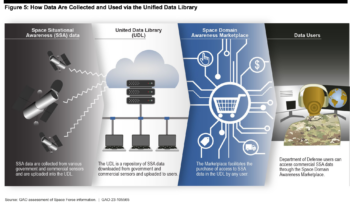
At the time, the Air Force touted the UDL as a linchpin in the service’s contribution to Joint All Domain Command and Control (JADC2) — eventually being able to collect observations of space objects from military, commercial and allied sensors (such as radar and telescopes), as well as manage “access, integration and dissemination of data” for users across multiple levels of security classification.
Indeed, according to a March 2023 report by the Government Accountability Office (GAO), then-Space Force Chief of Space Operations Gen. Jay Raymond in January 2021 “declared the UDL the single source for accessing and managing all data in support of Space Force operational systems.”
However, it is fair to say that it never quite lived up to that lofty goal — for example, senior Space Force officials have said that the UDL does not directly interface with those operational computer systems used to gather space monitoring data from US military sensors and predict the likelihood of on-orbit crashes. The GAO report also noted that the Space Force does not have an overarching plan for how to enable the service’s space situational awareness operational systems to use the UDL; nor does it have a process to regularly identify and evaluate commercial capabilities and how they might meet Space Force and US Space Command needs.
Costa, on the other hand, consistently has argued that the UDL did what it was designed to do at the time, but that since then, the space environment has changed dramatically with the massive influx of commercially available space monitoring and tracking data.
“It met the need at the time, based on the amount of data that was being produced by the Space Force,” she said today. “You know, that was not a lot of data. … we didn’t have a lot of commercial assets. In fact, I don’t think we had any commercial assets in space at the time that pilot was developed. So, this is a new time and place, where we have massive amounts of commercial data being produced.”
That fact, Costa said, “calls for very different architecture and very modern systems that allow us to address different temporal aspects of data. So, as you can imagine, those requirements for an Enhanced UDL [are] very important.”
The Space Force has budgeted $56 million in its FY24 funding request to build out the Enhanced UDL, with an initial request for information from industry about their capabilities expected to be issued within the next couple of months.


